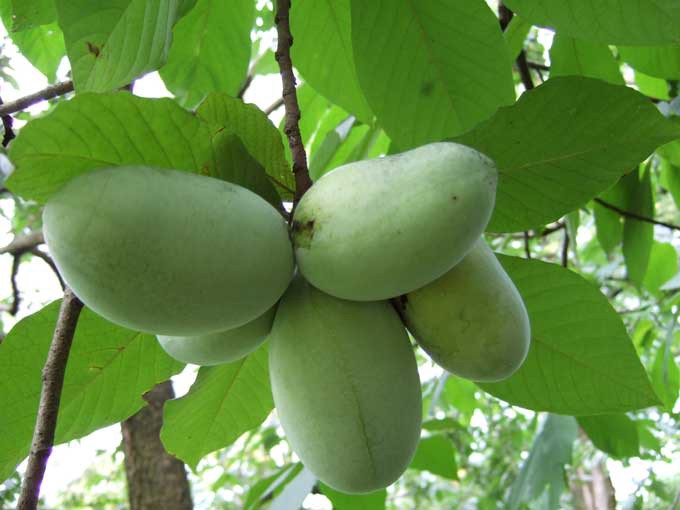I was sitting at my desk answering phones. We got a call from Harvard Medical School. A nutritionist was enquiring about paw paw trees he was interested in purchasing. It was my prime time to ask a top-notch doctor a question I’ve always wondered. I love to gain knowledge from those at the top of their expertise. After all, a Harvard medical nutritionist was on the other end of the phone. I asked this man why did he want paw paw trees. His reply was swift and right on target. His reply was “this is a super fruit that is low in calories, high in vitamins and minerals and it also can supplement your diets with a wide array of nutrients.”
I also went on to ask a burning question that’s been on my mind most of my adult life. I asked if he was stranded on a desert island and had water and only one food to eat, what would that food be. I thought fish or perhaps peanut butter, something with lots of protein. He surprised me with the answer — sweet potatos. I went on to study just why this doctor of nutrition answered my question so point-blank without hesitation: I have found out why these little orange beings are so power-packed.
Orange-fleshed sweet potatoes may be one of nature’s unsurpassed sources of beta-carotene. Several recent studies have shown the superior ability of sweet potatoes to raise our blood levels of vitamin A. This benefit may be particularly true for children. In several studies from Africa, sweet potatoes were found to contain between 100–1,600 micrograms (RAE) of vitamin A in every 3.5 ounces — enough, on average, to meet 35% of all vitamin A needs, and in many cases enough to meet over 90% of vitamin A needs (from this single food alone).

I have learned to like sweet potatoes and try to cook them at least twice a week for my family. After all, with this type review of them, they have got to be a necessary additive to your kitchen table.
Originally published at medium.com


